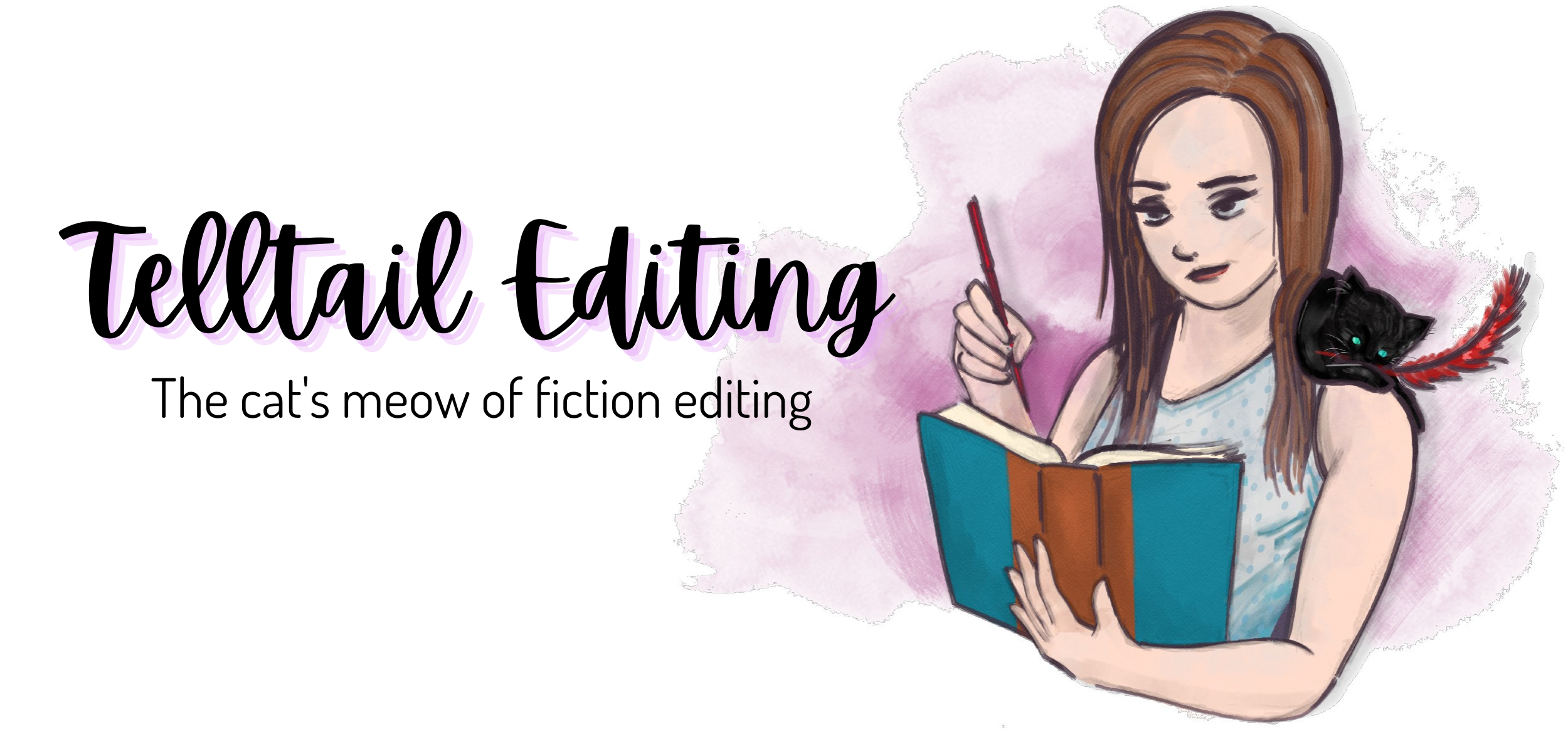There are no clear-cut rules for creating amazing, vivid descriptions in a narrative. Let’s be real, it can be difficult. Descriptions are so important because they situate the reader in the story and convince them this world is real, giving them something tangible to picture in their mind and orient themselves with. If they’re not done correctly, stale or awkward descriptions can hinder the narrative and take readers out of the story.
So, how do you craft meaningful descriptions that enhance and add to the narrative? Here are some tips.
Be mindful of your perspective.
If you’re writing in close first or third, the reader should experience the world as the character does. Make sure your descriptions match your character’s knowledge, experience, and emotional state. A Victorian man time-traveling to modern day isn’t going to know what a car is, so don’t give details your characters know nothing about. Similarly, if your character is busy or preoccupied, they might miss or overlook details.
Use the five senses.
This one is probably the most obvious. Paint a picture using things we can perceive. Sight. Sound. Smell. Taste. Touch. Your scene doesn’t have to be only visual and auditory, though those are some of the biggest tools in your arsenal. Smell can trigger long-forgotten memories of childhood. The cool breeze wafting across your skin at the beach can transport you to a temporary vacation in between the pages. That delicious dessert may make your mouth water for a taste. Let the reader experience what the characters experience.
Start early.
Situate your characters in scene immediately. That way, readers have a clear understanding of where the characters are and what’s going on. If you don’t, it’s like standing in a blank field, simply waiting for details to fill in the scene without any immediate sense of what’s happening. Your reader will smoothly navigate and engage your world when they’re firmly situated.
Little details can make a big impact.
The little details can be more meaningful than the most eloquent descriptions. Someone wearing an antique necklace given to her by her grandmother. A unique birthmark on an arm. A stain on the ceiling that looks like a cow. Maybe there are exactly 22 houses in the suburb where your character lives. Maybe a character only smokes a specific brand of cigarettes. Be specific—but not too specific.
Avoid chunky descriptions.
Grapes of Wrath, I’m looking at you. For those of you who haven’t read the Steinbeck novel, a turtle crossing the road takes up a whole chapter. I get the symbolism, and I appreciate the symbolism, but it was so boring. I had a hard time getting past that chapter.
Don’t write descriptions that span pages and pages. You may love it, and it may be beautifully written, but readers want to immerse themselves in a story, not a travel blog or a food blog or a what-have-you blog. Readers will lose interest and may even be tempted to put the book down. Stick to what’s important and, as always, pushes the story forward.
Weave descriptions into the scene.
Weaving descriptions throughout the narrative helps break up the scene or dialogue, gives subtle clues, sets the mood or tension, and progresses on the plot.
“Why do you want to go see Silvia?” she shouted over the sound of the rain, hugging her jacket closer to her body even though it did nothing to keep her dry or warm.
In that sentence, we know it’s raining, it’s cold, and the character is wet. Just from that sentence alone, we’ve learned a lot.
Use figurative language.
Figurative language can add depth and subtle nuance to writing.
The clothes hanging out on the line looked like white flags of truce waving in the wind.
The dilapidated building curled in on itself like a question mark, wondering about the state of its existence.
How we use this figurative language also gives us insight into the characters by how they perceive the world around them.
Use strong language.
Use strong, precise language. Weak language waters down your writing and lessens the impact of what you’re trying to say—or describe in this case.
The wind was gusting outside.
Most impactful: The wind howled outside, blowing the shutters all over the place to create a head-thumping racket.
By striking a good balance, the reader will be able to create a picture in their mind and bring the words to life off the page.
Do you have any tips on crafting descriptions? Leave them in the comments below. Check back for the next week’s blog post, and consider subscribing so you never miss a post.

